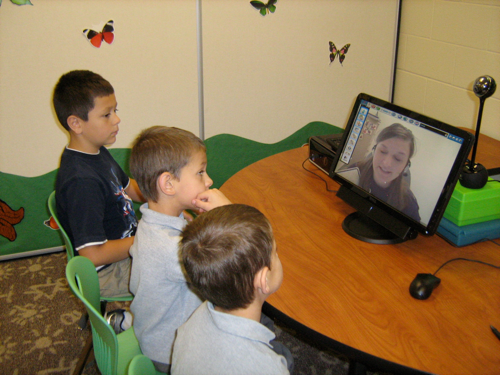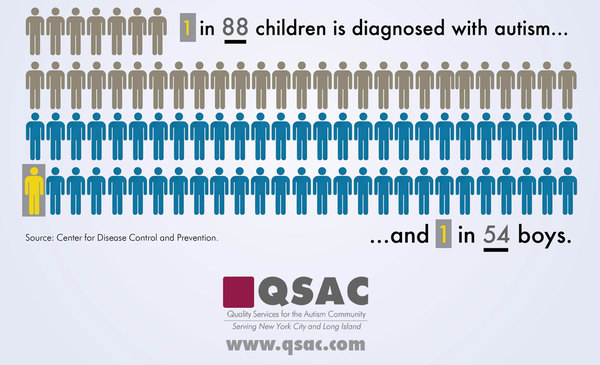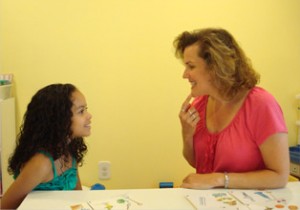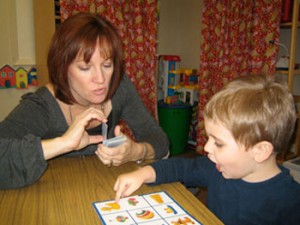Do you remember life before the Internet? When I was a kid, we didn’t even have a computer for quite a long time. When we finally got one, the modem was one of those ancient dial-ups. I could start loading a Web page, run around the block a few times, and it would still be loading by the time I got back. We might curse modern technology for its glitches and for constantly making us buy new upgrades, but the truth of the matter is that it quite often makes our lives easier. When your child is diagnosed with a speech disorder, you can find a qualified speech-language pathologist (SLP) via Google. You can also look up activities for speech therapy at home. You can practice speech therapy techniques with your child using the online Speech Buddies University. The simple, easy-to-use interface of Speech Buddies University may be used at various levels and for various target sounds.
And now, you can even take your child to see his speech therapist without getting into the car. Speech therapy at home with telepractice has been making waves in the speech therapy world lately, with good reason. It’s convenient, it works, and it lets you connect with a qualified SLP no matter where you live. So what, exactly, is telepractice?





